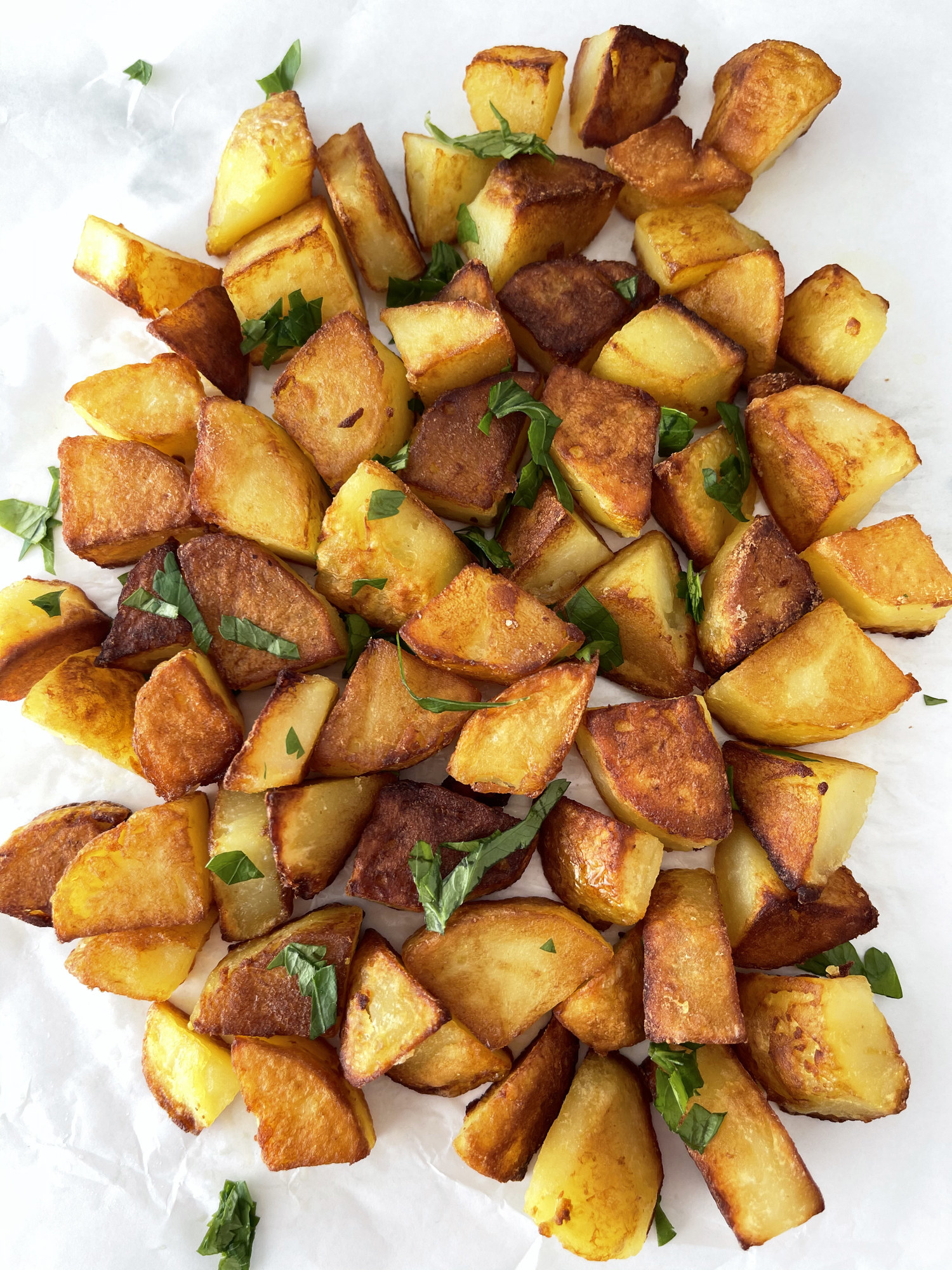
A dry graduated cylinder would produce more accurate results of the mL of O2 bubbles produced.Ĥ. There was still solution left over on the sides and edges of the graduated cylinders. If the masses were all exactly the same, then the amount of O2 produced would not be affected by a possible size difference in potato.ģ. Our potato slices differed in mass with a range of around. An exact cutter that would make equal potato slice sizes. Some oxygen could have escaped into the air because it is a gas.Ģ.

Looking at the amount of oxygen produced by just looking at bubbles with the bare eye is not very scientific. A better way of measuring oxygen produced (although we do not know of any better options available).Possible improvements for the lab include: More or less than 10 mL of hydrogen peroxide could alter results because maybe there would be more or less hydrogen peroxide for the catalase to react with. It was hard to pour exactly 10 mL of hydrogen peroxide into the 100 mL graduated cylinder.We used the same three graduated cylinders for each trial, and did not have a great amount of time to perform the lab, so the graduated cylinders may have not been dried completely, which could cause error.This may have caused some of our masses of the potatoes to be inaccurate, and therefore some of the masses may have been further away from the average of the masses of potatoes which could cause much more or much less O2 bubbles to be produced. The scale we used was faulty and the mass of the potatoes continued to change after leaving the potato in there for at least five seconds.This creates inaccuracy in our results because mL of bubbles we recorded may have been displacement of hydrogen peroxide. Also, not all the potatoes were exactly 1 cm cubes, so they did not all create a displacement of 1 mL (because 1 cm^3=1 mL). We did not pay attention to this scenario the first three trials, but the last two trials we took note of the displacement. When we dropped the potato into the solution, it caused displacement of the hydrogen peroxide because of the space the potato took up.Our lab included many possible errors including the following: There is almost a possible error one mL of oxygen bubbles for both raw potatoes and frozen potatoes, so raw potatoes could have just as much catalase as frozen potatoes. The freezing of the potato might have enhanced or created more catalase in the potato.

It would seem that the raw potato would have more catalase because it was not tampered with compared to the frozen potato. On average the frozen potatoes produced one more milliliter of O2 bubbles. We concluded this because more O2 bubbles (about 3 mL) were produced on average for the frozen potatoes than the boiled potatoes. Something we do not understand from our lab is why the frozen potato had more enzymatic activity compared to the raw potato control group. 58 mL.įrom looking at the results, we concluded that frozen potatoes have a higher rate of enzymatic activity of catalase when compared to boiled potatoes. The average mL of O2 for boiled potatoes was 1.24 mL with a possible error of +/. The average mL of O2 produced for frozen potatoes was 4.52 mL with a possible error of +/. The average mL of O2 produced for raw potatoes was 3.42 mL with a possible error of +/. After 2.5 minutes, we recorded how much oxygen bubbles were produced from the enzymatic reaction of catalase of each potato type: frozen, boiled, and raw (control group). We did this by putting 1 cm cubes of boiled, frozen, and raw potatoes in graduated cylinders with 10 mL of hydrogen peroxide. In this lab, we measured the rate of enzymatic activity of catalase in boiled potatoes versus frozen potatoes. We believed we could observe what type of potato (boiled or frozen) would have a higher amount of catalase by measuring the bubbles (O2) produced at the top of the potato in hydrogen peroxide solution. This is an important biochemical reaction because hydrogen peroxide can be dangerous because it creates oxygen radicals that are desperate for electrons. Catalase can separate two hydrogen peroxide molecules into two water molecules and an oxygen molecule. The enzyme catalase is a common enzyme in animal and plant tissues.


 0 kommentar(er)
0 kommentar(er)
